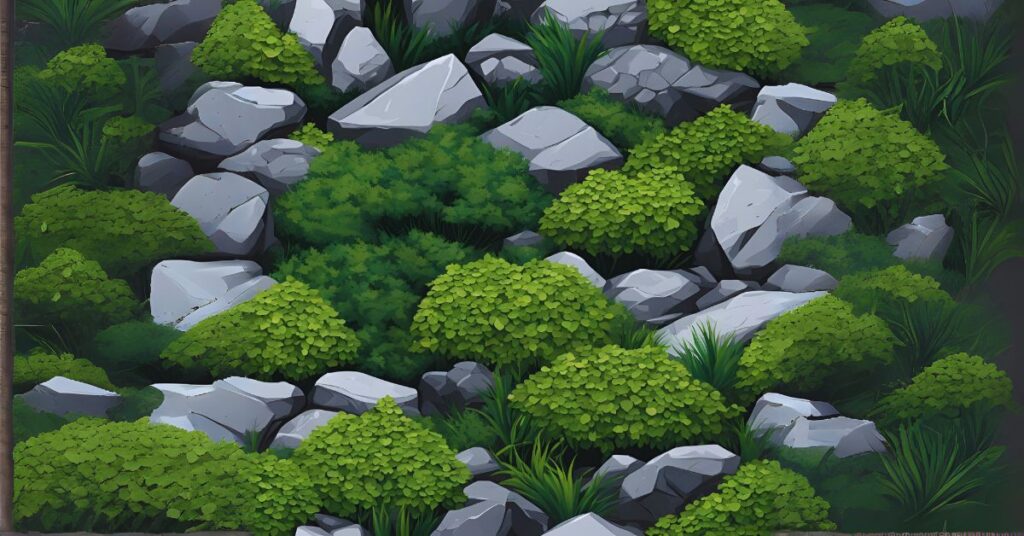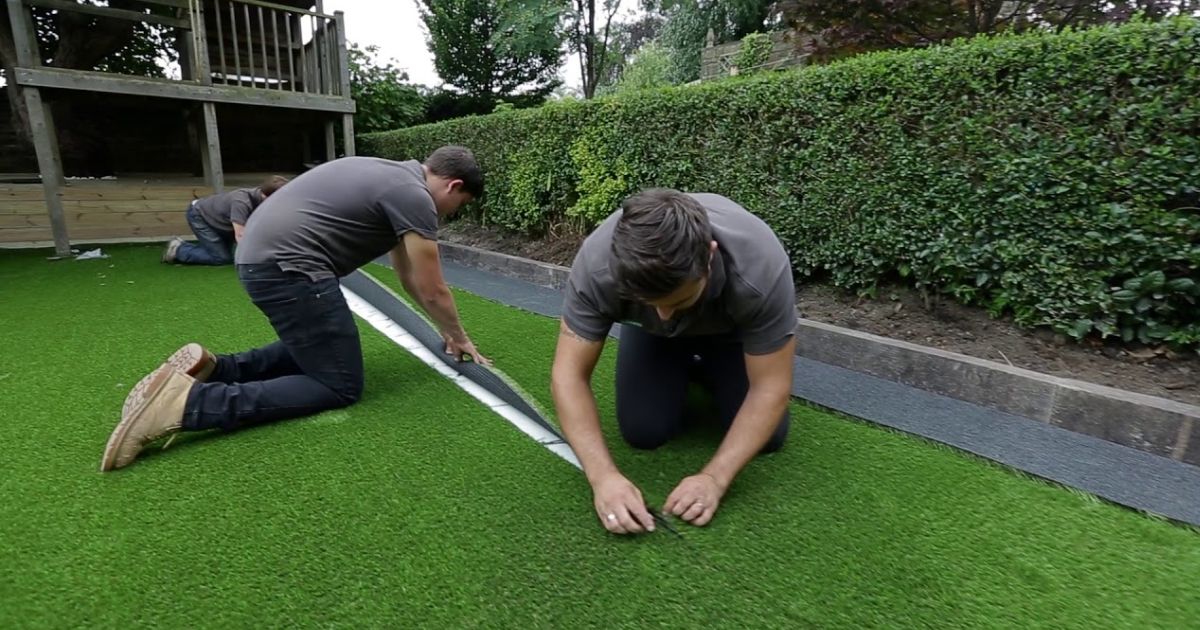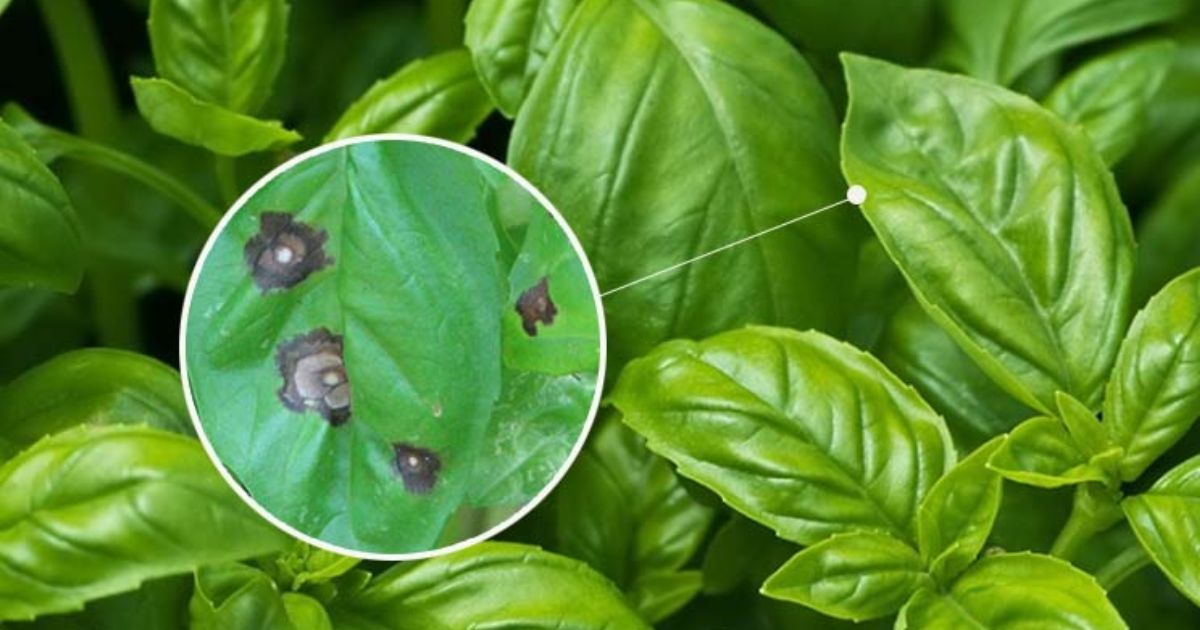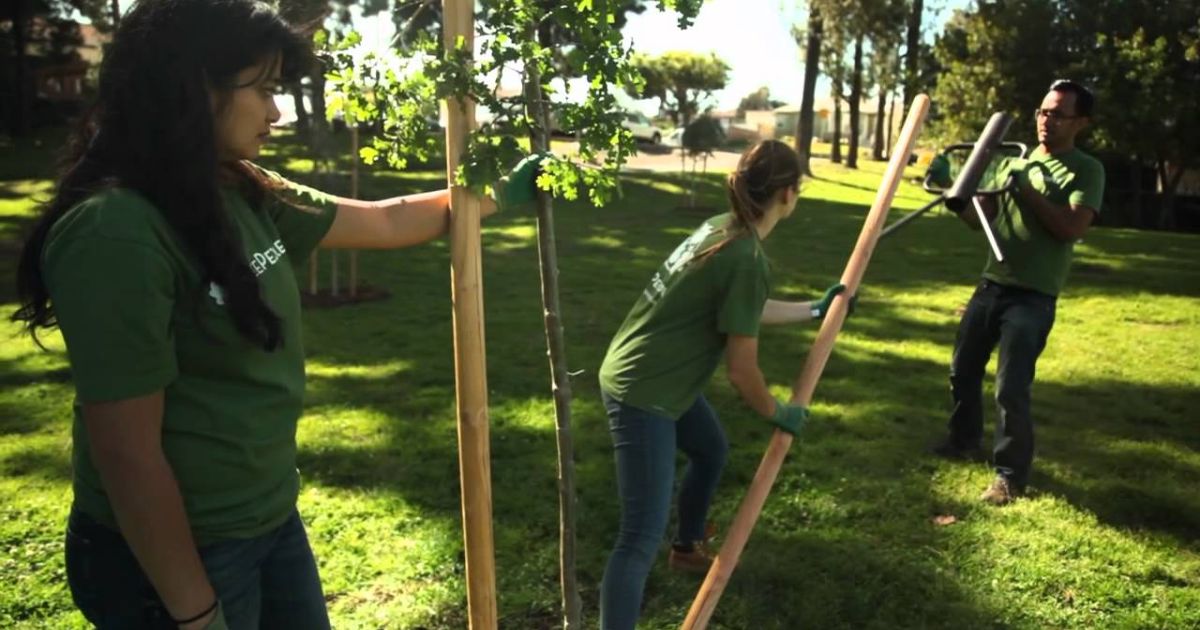Evergreen ground cover is the unsung hero for making gardens lush and vibrant. These hardy plants provide year-round beauty, help prevent soil erosion, and suppress weeds, making them a must-have for any garden. Whether you’re looking to fill large spaces, brighten shady corners, or create a low-maintenance landscape, evergreen ground covers are the perfect solution.
Why Choose Evergreen Ground Cover?
Evergreen ground covers are ideal for gardeners seeking consistent greenery. Unlike seasonal plants, these stay green throughout the year, providing an unchanging foundation for outdoor spaces. They also serve practical purposes like improving soil health, reducing water loss, and creating habitats for beneficial insects.
Let’s explore some of the best evergreen ground covers for various garden needs and learn how to make the most of these versatile plants.
Best Evergreen Ground Cover Plants
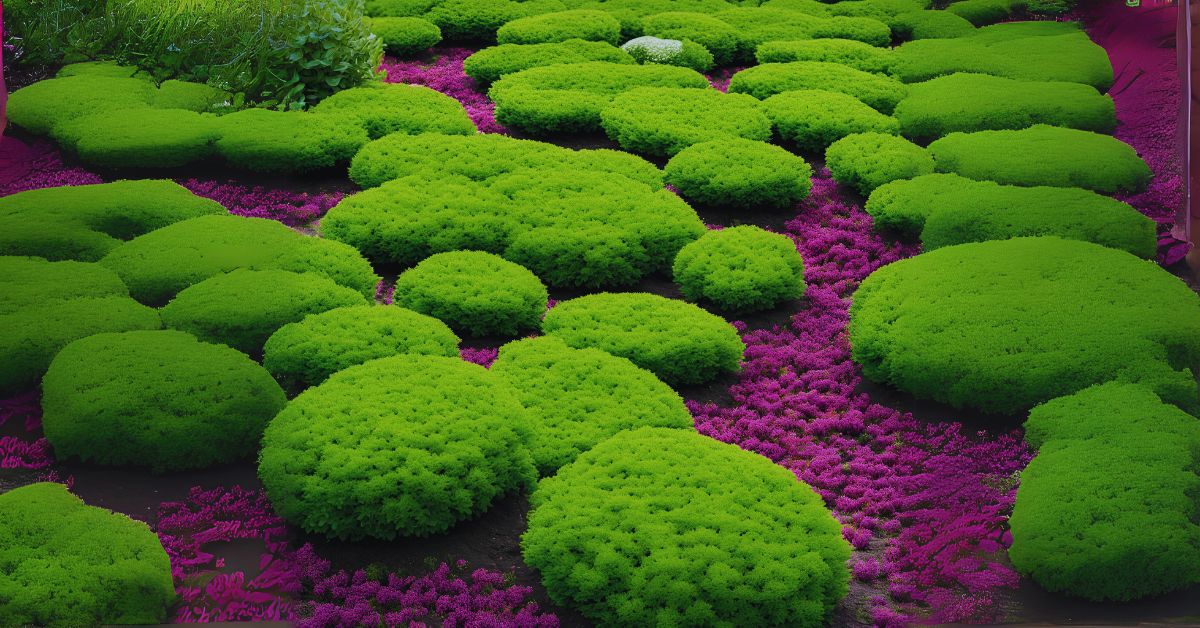
1. The Low-Maintenance Favorites
If you’re looking for plants that require minimal upkeep, here are some excellent options:
- Periwinkle (Vinca minor): Known for its glossy leaves and star-shaped flowers, this hardy plant thrives in sun or shade.
- Creeping Thyme (Thymus serpyllum): This fragrant evergreen groundcover is drought-tolerant and perfect for walkways.
- Ajuga (Ajuga reptans): Ajuga stands out in shady gardens with its stunning purple foliage and vibrant blooms.
2. Evergreen Ground Covers for Shady Areas
Ground cover evergreen shade can be a tricky spot for many plants, but some evergreen ground covers thrive here:
- Pachysandra (Pachysandra terminalis): This reliable evergreen groundcover spreads quickly and tolerates deep shade.
- Sweet Woodruff (Galium odoratum): Famous for its fragrant white flowers, this plant brightens up shady areas.
- Hostas: While not evergreen in cold climates, their bold leaves make a great seasonal option.
3. Ground Covers for Sunny Spots
If you’ve got plenty of sunshine, these plants are up to the task:
- Sedum (Sedum spp.): These succulents come in various colors and textures, thriving in dry, sunny locations.
- Creeping Phlox (Phlox subulata): Known for its colorful spring blooms, it creates a carpet of vibrant hues.
- Ground Cover Spruce (Picea abies): A dwarf conifer perfect for sunny slopes and rock gardens.
Evergreen Ground Cover for Specific Needs
1. Dry Shade
Finding plants for dry, shady areas can be challenging, but these evergreen ground covers fit the bill:
- Hellebore (Helleborus spp.): Lenten Rose thrives in dry, shady spots and offers winter blooms.
- Epimedium: This drought-tolerant plant has delicate flowers and attractive heart-shaped leaves.
2. Areas with Heavy Foot Traffic
For spaces where durability matters, consider these:
- Creeping Jenny (Lysimachia nummularia): This tough plant tolerates foot traffic and grows quickly.
- Irish Moss (Sagina subulata): Its soft, moss-like texture can handle occasional steps.
Unique Features of Evergreen Ground Covering
Purple Foliage Ground Cover
Plants with purple green ground cover leaves add a dramatic touch to gardens. Examples include:
- Ajuga: Its deep purple foliage contrasts beautifully with green plants.
- Heuchera: Also called coral bells, this plant offers an array of purple shades.
Evergreen Creeping Plants
Creeping plants spread horizontally, covering the ground quickly and efficiently:
- Creeping Juniper (Juniperus horizontalis): This coniferous ground cover plant thrives in rocky, sunny areas.
- Ivy (Hedera helix): A classic choice for walls and large open spaces.
Benefits of Evergreen Ground Cover
- Weed Suppression: Thick mats of ground cover plants make growing weeds hard.
- Erosion Control: Their roots stabilize soil, reducing erosion on slopes.
- Aesthetic Appeal: Year-round greenery enhances the visual appeal of your garden.
- Low Maintenance: Most evergreen ground covers require minimal care once established.
- Wildlife Friendly: They provide shelter and food for pollinators and other beneficial creatures.
There are Some Evergreen Ground Cover
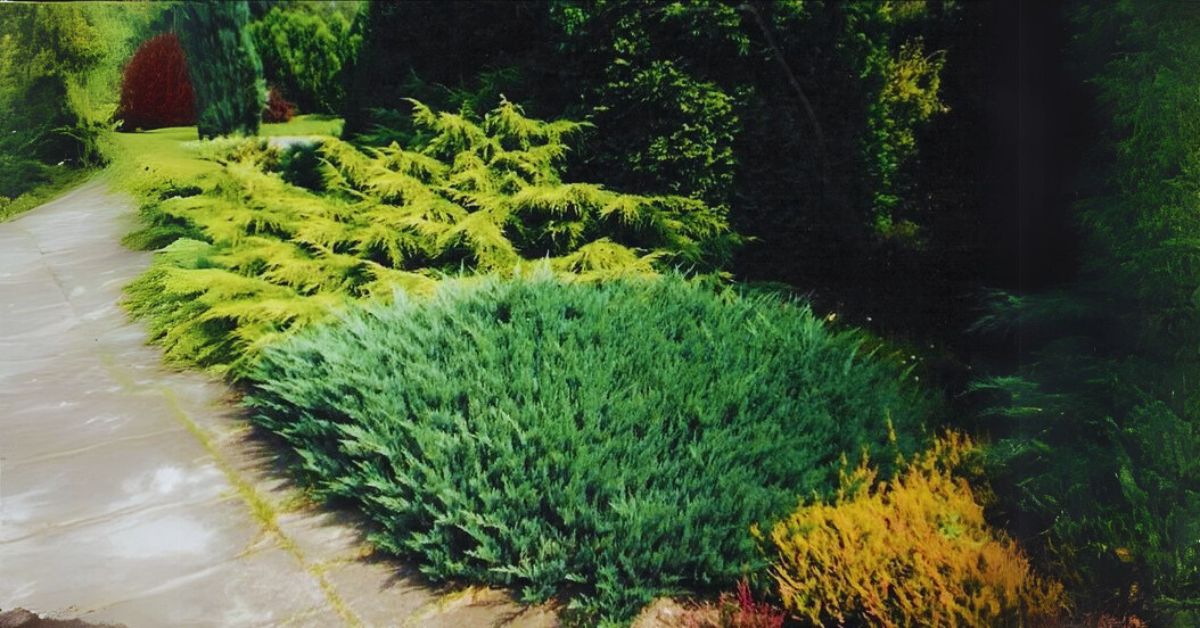
-
Candytuft (Iberis sempervirens)
Candytuft (Iberis sempervirens) is a groundcover plant native to Europe and a member of the Brassicaceae family of cabbages. It is well-liked worldwide for its compassionate character and lovely white blooms. This woody shrub reaches a height and width of about 16 inches.
Candytuft thrives in steppe-like environments and appreciates soil that drains well and doesn’t get too wet. Although it prefers frequent watering, it won’t die if you neglect it for a few weeks.
Candytuft bushes can be planted in full sun to partial shade. If you don’t like white flowers, choose varieties like “Pink Ice” or “Mermaid Lavender.” There are many options available! DIY Ingredient Homemade Insecticide
-
Creeping juniper (Juniperus horizontalis)
Are you trying to find a groundcover plant that can grow in areas many other species cannot? Creeping juniper, naturally occurring in severe environments in the northern United States and Canada, has become incredibly resilient. It is frequently applied on sloped surfaces to reduce erosion.
In addition to being relatively resistant to deer and other animals, creeping juniper is not bothered by drought, rocky soil, hot weather, or intense sunlight. Additionally, when disturbed (such as walking over it, which you can do semi-regularly without any problems), its blue-green leaf emits a pleasant scent.
If you need to cover a broad area, creeping juniper is a fantastic choice because it may spread out for up to 15 feet and reach a maximum height of about 3 feet. Several cultivars are available, such as the variegated “Andorra Variegata” and the extra-low “Pancake.”
-
Creeping speedwell (Veronica repens)
This extremely low-growing carpet of tiny, scallop-shaped leaves may appear delicate but relatively hardy and can withstand some foot activity. It is advantageous that the plant only reaches a height of 2 inches while spreading out to a width of roughly 12 inches by underground stolons.
It can help control early spring weeds when tulips and daffodils are emerging, so you should plant this type of ground-hugger in the spaces between flagstone, along borders, and in rock gardens. It can also be grown as a living mulch in perennial beds.
White, lavender, or blue flowers are scattered across the green foliage in late April. You can plant creeping speedwell in awkward locations where other ground coverings are likely to be nibbled on since deer and rabbits ignore it. Propagation is simple: dig out a little piece, split it up, and plant it somewhere else in the fall or spring.
-
Bird’s nest spruce (Picea abies’ Nidiformis’)
The ubiquitous Norway spruce, also known as the bird’s nest spruce, is a low-growing, shrubby cultivar of Picea that typically grows to a relatively tall height. Picea abies ‘Nidiformis,’ which translates to “nest-shaped.” It is only around 4 feet tall and has a spherical growth pattern that gives it a decidedly “nesty” appearance.
If you want an easy-to-maintain groundcover and don’t mind a little more height, bird’s nest spruce is an excellent choice. Although it isn’t overly concerned with its growing medium, it prefers somewhat acidic, gritty soil. Deer dislikes the flavor, yet it thrives in full sun and partial shade.
Remember that this grows slowly, particularly if you plant it in a more shady area. It prefers cool climes, such as those found in northern Europe, and is not a big fan of heat or drought.
-
Bugleweed (Ajuga reptans)
Bugleweed (Ajuga reptans) is your ideal ground cover if you enjoy flowers. Naturally occurring in the British Isles, this delicious member of the mint family blooms in beautiful purple and blue hues. Pollinators such as hummingbirds, bees, and butterflies adore this plant!
Bugleweed might be the best option if you’re looking for a rapid grower that will choke out bothersome weeds. However, it’s crucial to remember that this plant is invasive in many North America and that, if left unchecked, it can take over your garden.
Positively, it’s not a picky plant. It thrives in full sun/partial shade and prefers soil that drains well, has lots of nutrients, and is regularly watered. It will die in icy regions in winter but quickly grow in spring.
-
Bearberry (Arctostaphylos uva-ursi)
Do you need something that can survive extreme cold? There’s no need to search further—bearberry grows naturally in the Arctic! So there shouldn’t be any issues with your garden. The name of this plant was inspired by the fact that bears adore its vivid red berries, but the best part is that people can also eat them (they make delicious jams!).
Kinnikinnik, another name for bearberry, is a good ground cover for rocky and poor soils where few other plants would do well. It can tolerate sporadic foot traffic and is salt-resistant, making it appropriate for backyards by the shore.
Bearberry plants can be planted anywhere that receives full sun to partial shade. The species can produce up to 12 inches in height and up to 6 feet in width. However, it can take a while to establish itself. Mature plants can withstand drought rather well.
-
Siberian cypress (Microbiota decussata)
As the name implies, this is another cold-hardy groundcover choice. The Sikhote-Alin mountains in eastern Russia are home to Siberian cypress, which is not a friendly natural environment. However, because it has evolved to require very little care, that is helpful to humans.
Siberian cypress can reach a maximum height of 12 inches and a maximum width of 15 feet. It is a favorite among gardeners because of its delicate, feathery growth pattern and ability to change color from green to golden between summer and winter.
The primary requirement of the plant is soil that drains properly. Swampy circumstances bother it! However, poor and rocky soils are acceptable. Although it can withstand full sun in colder locations, you can keep it in partial shade.
-
Dwarf yarrow (Achillea tomentosa)
Wooly yarrow, another name for dwarf yarrow, is a low-growing variety of common yarrow that makes an excellent evergreen ground cover. However, the dwarf version is better suited for areas you would wish to walk on because it only grows 6 to 8 inches tall with a spread of 8 to 12 inches across.
Suppose you’re looking for a drought-tolerant grass alternative that attracts pollinators. It is an excellent choice because of its soft, lacy leaves, which feel lovely underfoot and withstand moderate traffic. The dense mat of green foliage is topped in early July by clusters of canary yellow blooms.
For a more unified appearance, dwarf yarrow grows, efficiently dispersing clusters like a “wild” lawn. By cutting it to approximately 4 inches, you can even “train” it to resemble a lawn, where it will typically remain with no maintenance. If you want to walk on your yarrow, it is best to mow it to prevent it from blooming because the dried-up flower stalks are uncomfortable for bare feet.
-
Creeping lilyturf (Liriope spicata)
Although creeping lilyturf, a popular groundcover option for people who prefer a grassy appearance, is not grass but belongs to the Asparagaceae family of asparagus, it certainly looks like one. Although it only reaches a height of around 15 inches, its rhizomatous roots allow it to spread widely, particularly if you encourage growth by replanting new clusters.
Native to China and Vietnam, creeping lilyturf grows in the mountains’ understory. It would like to be planted in rich soil (or have frequent fertilizer treatments during the growing season) and in a somewhat shady area of your backyard.
Because of its high vigor and ease of maintenance, this ground cover should only be planted in areas where you are sure you want it. To create space for new growth, allow the old leaves of your creeping lilyturf to cover the soil during the winter months before pruning them back in the spring.
-
European wild ginger (Asarum europaeum)
Among its numerous qualities, European wild ginger is an excellent groundcover, a visually pleasing plant, and tolerant of low light levels. On the other hand, it is not ginger. Its name comes from the subtle gingery smell of its roots, even though it has nothing to do with real ginger.
Asarum europaeum is a naturally occurring plant that grows mainly as a ground cover in wooded areas over much of Europe. Because it thrives in shaded areas, it’s ideal for areas of your garden where other ground cover plants might find it challenging to grow.
European wild ginger produces dense mats of beautiful, patterned leaves and can reach a height of 6 inches. It grows best in “foresty” soil, which is humus-rich, slightly damp but drains well, and has a neutral to slightly acidic pH. A healthy plant will bear small, dark-red, and somewhat hairy blossoms.
-
Dwarf Japanese garden juniper (Juniperus procumbent Nana’)
Although we have already seen a creeping type, most people consider juniper a shrubby, cone-shaped plant ideal for making hedges. Here’s another: The Japanese garden juniper, Juniperus procumbens, is generally a low-growing shrub, but the “Nana” variant goes above and beyond.
With each bush extending up to 6 feet in width, dwarf Japanese garden juniper may swiftly cover large areas, reaching a maximum height of about 12 inches. It tolerates dry spells and isn’t picky about the soil type as long as the drainage is good. However, the species does require a lot of sunlight to survive.
Your garden juniper will tolerate the occasional foot traffic because it is a hardy plant. Herbivores like deer mostly ignore it. It is an excellent choice for ground cover, especially since it maintains its lovely green hue all year!
-
Japanese spurge (Pachysandra terminalis)
Japanese spurge, a creeping perennial that may create extremely tight mats, is also called Japanese Pachysandra, a reference to its scientific name. Ideal if you want to suffocate any weeds and don’t want to be able to see a single inch of ground area!
Because of its rapid growth and robust nature, Japanese spurge has been designated an invasive species in several US states. Carefully considering where to plant it is a brilliant idea. If you can keep it under control, it makes a pleasant and straightforward ground cover option.
This shrubby evergreen, which can reach a height of 4 inches, is a naturally occurring understory plant in forests and thrives in areas with shade. Although enough drainage is necessary to avoid rot, it prefers damp, rich soils. The plant can generate tiny white flowers.
-
Christmas fern (Polystichum acrostichoides)
Do you like native plants? The Christmas fern grows naturally in forests and beside shaded streams throughout much of the eastern United States. It is a fantastic choice if you have a lovely, moist, shaded place to offer and don’t mind a taller ground cover plant (up to two feet).
This beautiful fern will brighten your landscape even in the winter with its fluffy, lush green fronds that don’t turn brown. While it may withstand dry spells better than many other fern species, yours will prefer rich soil that remains somewhat moist.
Both rabbits and deer dislike Christmas ferns. The species is frequently employed to keep the forest floor healthy and stop soil erosion. When given enough time, your ferns will naturally expand to create dense, eye-catching patches wherever there is shade. They will also release spores. When grown beneath larger trees, they appear primarily ornamental.
-
Wall germander (Teucrium chamadrys)
The mint family Lamiaceae members are usually a fantastic choice if you enjoy beautiful blossoms. It also applies to Teucrium chamades, often known as wall germander. This groundcover plant, native to the Mediterranean and Middle East, has beautiful little purple blossoms in the summer that are a favorite of bees.
Wall germander is a fast-growing plant that can reach a full height of about one foot. It is an excellent ground cover choice for more exposed regions because it enjoys lots of sunlight. Water it frequently, especially in the summer, and plant it in well-draining soil.
The leaves and stems of this herb have a pleasant scent, but they have lost favor as a health supplement due to their hepatotoxic (liver-damaging) properties. Clippings can be saved for use in potpourris or scented sachets!
-
Creeping phlox (Phlox stolonifera)
This one may appeal to you more than the purple blossoms of the previously mentioned wall germander! In the spring and summer, creeping phlox yields dense mats of fragrant and attractive pink (cultivar “Pink Ridge”), purple (cultivar “Fran’s Purple”), or white (cultivar “Bruce’s White”) blooms.
With a maximum height of about 12 inches, creeping phlox is a visually appealing ground cover choice for places with little foot activity. It picks a sunny spot in your yard and grows best in rich yet well-draining soil.
I appreciate that creeping phlox is a native plant that grows naturally in wooded areas throughout most of the eastern United States. It is also quite popular with pollinators, such as butterflies. It might slightly wither throughout the winter, but don’t worry—it will return in the spring looking even more beautiful.
-
Wintercreeper (Euonymus fortunei)
Wintercreeper, often called Fortune’s spindle, is a creeping plant that grows naturally in East Asia. It is frequently used as a climbing plant or ground cover in the United States, particularly the variegated types with ornamental green and gold leaves. It barely grows a few inches tall when utilized as ground cover, but if you let it climb, it can reach enormous heights.
Wintercreeper is a hardy plant that requires little maintenance. It doesn’t care too much about the type of soil or the amount of moisture, and it can swiftly cover a big area in sunny and shaded conditions. Even though the little white blossoms aren’t considered particularly stunning, they shower.
Before you plant a winter creeper in your garden, remember that it is considered an invasive species in North America. Control yours to prevent it from spreading to your neighbors’ gardens and beyond!
-
‘Angelina’ stonecrop (Petrosedum rupestre ‘Angelina’)
If you know anything about stonecrops, you will understand that these hardy succulents are virtually infallible. Stonecrops are primarily indigenous to the Northern Hemisphere, unlike many other succulents that favor warm conditions. It indicates that they are resilient and comparatively cold-resistant.
A cultivar of Petrosedum rupestre called “Angelina,” created especially for use as a ground cover, typically grows to a height of 4 inches. However, it grows quickly, and with proper care, yours will produce wide, dense mats in a year or two.
Since “Angelina” is still a succulent, plant it in soil that drains properly. Rocky and generally poor soils are acceptable. The plants should have ample sunlight. Because stonecrops are susceptible to root rot, water them frequently, especially during the summer, but don’t overwater them.
-
Dwarf periwinkle (Vinca minor)
You’ll recognize dwarf periwinkle if you’ve ever been to a European springtime forest. When temps rise, this otherwise unassuming ground cover plant explodes into thick mats of beautiful tiny blueish-purple blossoms.
Fortunately for us, dwarf periwinkle grows well in gardens across North America. This species creates a beautiful groundcover plant that only grows to a height of about 6 inches, but you should be sure you want it in your garden in the long run before planting it because it may be hard to remove once established and is invasive in some areas.
This adaptable plant can tolerate a wide variety of light conditions. It prefers soil that drains appropriately and requires frequent watering. Look for cultivars such as the double-petaled “Azurea Flore Pleno,” the white-flowered “Gertrude Jekyll,” and the variegated “Argenteovariegata.”
-
Creeping Oregon grape (Mahonia repens)
An attractive edible ground cover plant is superior to a lovely one! The creeping Oregon grape produces berries that are highly sour (and taste nothing like grapes) when consumed fresh, but they are ideal for making jams and jellies. When my kids and I walk around our local neighborhoods, they think they’re an excellent “urban forage”!
This sprawling evergreen, which can reach a maximum height of 4 feet, is well-known for its ornamental yellow flowers and berries. It is regarded as unfussy and originated in the western US and parts of western Canada. Rain or drought, sun or shade—Mahonia repens doesn’t care. Overheating is the only thing that irritates it.
Normal to well-draining soil, ideally mildly acidic to neutral, is suitable for planting creeping Oregon grapes. Additionally, many bird species enjoy the berries, so if you want to draw more wildlife to your garden, this is a fantastic plant to employ.
-
Creeping raspberry (Rubus role)
Another ground cover plant that produces tasty berries is this one! The yellow-orange fruits of the creeping raspberry aren’t particularly plentiful or delicious, but they can be eaten raw or turned into jams and preserves.
The creeping raspberry, which originated in Taiwan and thrives in higher-elevation subtropical climates, also thrives in our backyards in USDA Zones 6 and above. It grows slowly, typically no more than a foot tall, and it can infiltrate rocks and walls. In the spring and summer, it bears tiny white blooms.
I particularly appreciate this ground cover plant’s ability to withstand sporadic foot activity. It is also relatively easy to maintain; place it in a sunny, somewhat shaded area with rich, loamy soil that drains well and water it frequently until it becomes established (or if you live in a dry region).
-
Common lilyturf (Liriope muscari)
However, the common lilyturf (Liriope muscari) is still a preferred ground cover choice for gardens and parks because of its beautiful grassy evergreen foliage and pretty purple fall blossoms. At 1 1/2 feet, it’s a bit taller than its previously mentioned cousin, creeping lilyturf.
Although this plant is found in the forest understory in its native environment, it may thrive in full sun and doesn’t necessarily favor shade. It looks perfect planted near footpaths or trees. A rich, slightly damp soil that drains well is ideal for the species’ growth.
Various popular lilyturf cultivars, such as the variegated variety known as “Variegata,” which has striped leaves, are available. Other options include pink flowers (called “Pink Pearl”), extra-long leaves (called “Big Blue”), or a lovely variant called “Silvery Sunproof,” which is aptly named given its main traits.
-
Black mondo grass (Ophiopogon planiscapus ‘Nigrescens’)
Alright, another choice for grass! Of the several species of mondo grass, Ophiopogon planiscapus ‘Nigriscens’ is one of the more ornamental. Often known as black mondo grass, it is easily identified by its striking greenish-black leaves, which stand out on an otherwise all-green background.
Remember that black mondo grass is not a dwarf variety and can grow up to 8 inches high and 12 inches wide. However, it is just as hardy and low-maintenance as its relative. Although it spreads slowly, this plant can eventually create a thick mat. Dividing the clumps will expedite the process.
-
Creeping thyme (Thymus praecox)
Creeping thyme is a ground cover with it all, making it one of my favorites on this list. It is part of the mint family, so it is not only low-growing (just 1 to 2 inches tall) and densely carpeting, but it is also a stunning bloomer that may fill your garden in a sea of pink that bees love.
But that’s not all. Additionally, creeping thyme can withstand a lot of foot traffic! It’s sometimes stated that stepping on it frequently helps it grow back, and while I’m not sure if that’s true, I know that when crushed, it releases a wonderful aroma.
It’s a mainstay in my perennial herb garden, and whenever I’m close to it, I can’t help but ruffle my hand through the leaves. (Since I cover my bed with frost fabric in the winter, it easily stays green in my Zone 5 microclimate.)
Creeping thyme is a reasonably resilient plant that naturally occurs in Europe. It requires little water and enjoys plenty of sunlight. Poor, rocky soil is also acceptable since the species isn’t accustomed to growing in a nutrient-rich medium. Remember that it is considered intrusive in some parts of the United States.
-
Rock rose (Helianthemum nummularium)
Let’s add some more lovely flowers to finish off the list! Though several cultivars bloom in varying colors of orange, white, pink, red, and more, wild rock roses are known for their yellow blooms.
This species, also native to Europe, is not a true rose belonging to the Rosaceae family. It is a member of the Cistaceae, a tiny family of rock roses with traits in common, such as a liking for lots of sunlight, drought tolerance, and the capacity to thrive in unfavorable soil conditions.
The most popular rock rose is Helianthemum nummularium. It is a low-growing sub-shrub that grows to a maximum height of about 12 inches, making it an excellent ground cover. It can withstand saline soil and is evergreen.
Expert Tips for Planting Evergreen Ground Cover
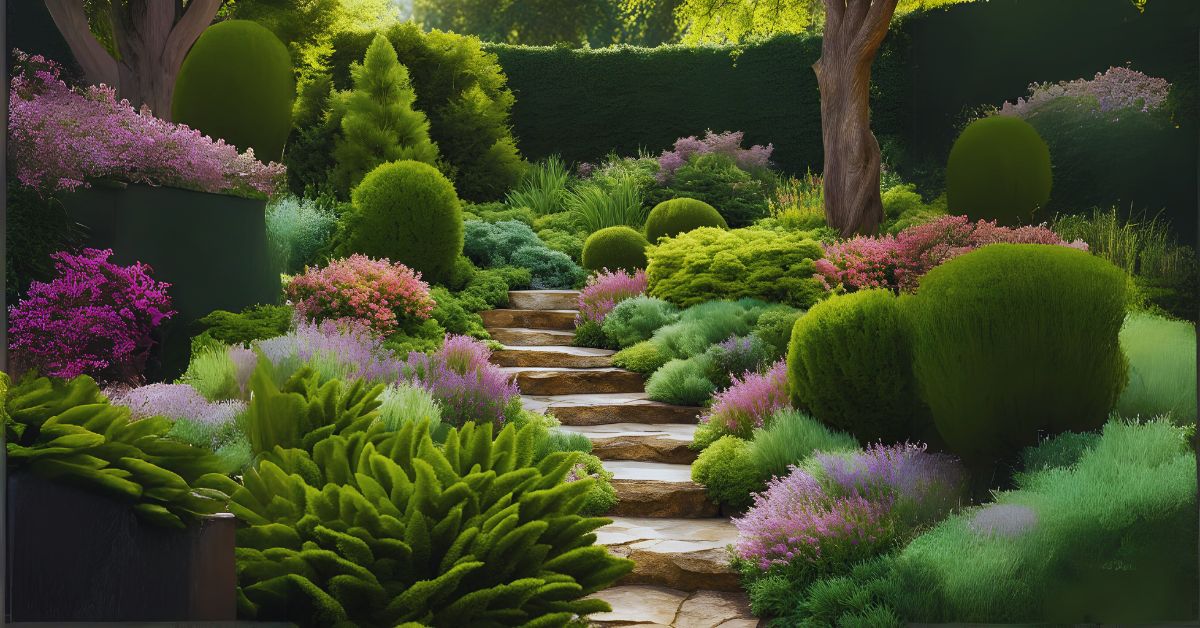
- Prepare the Soil: Remove weeds and enrich the soil with compost for better growth.
- Spacing Matters: Plant ground covers are close enough to fill gaps but do not overcrowd each other.
- Watering Needs: Most evergreen ground covers are drought-tolerant but need regular watering during establishment.
- Mulching: Adding mulch helps retain moisture and reduces weed growth.
Conclusion
Evergreen ground cover plants are a gardener’s best friend, offering beauty, utility, and environmental benefits. Whether covering bare soil, brightening a shady corner, or designing a low-maintenance garden, there’s an evergreen ground cover for every need. Start exploring these versatile plants today and enjoy a lush and vibrant garden all year competition.

